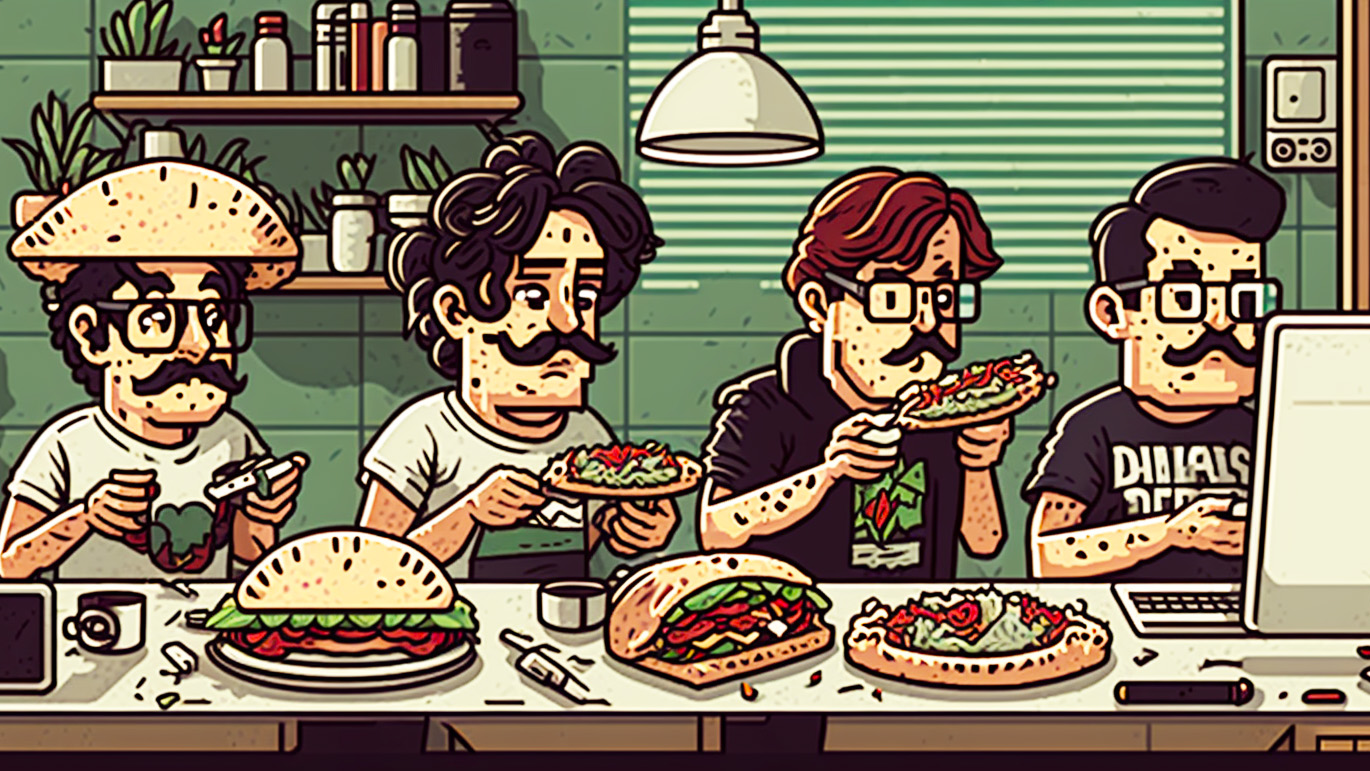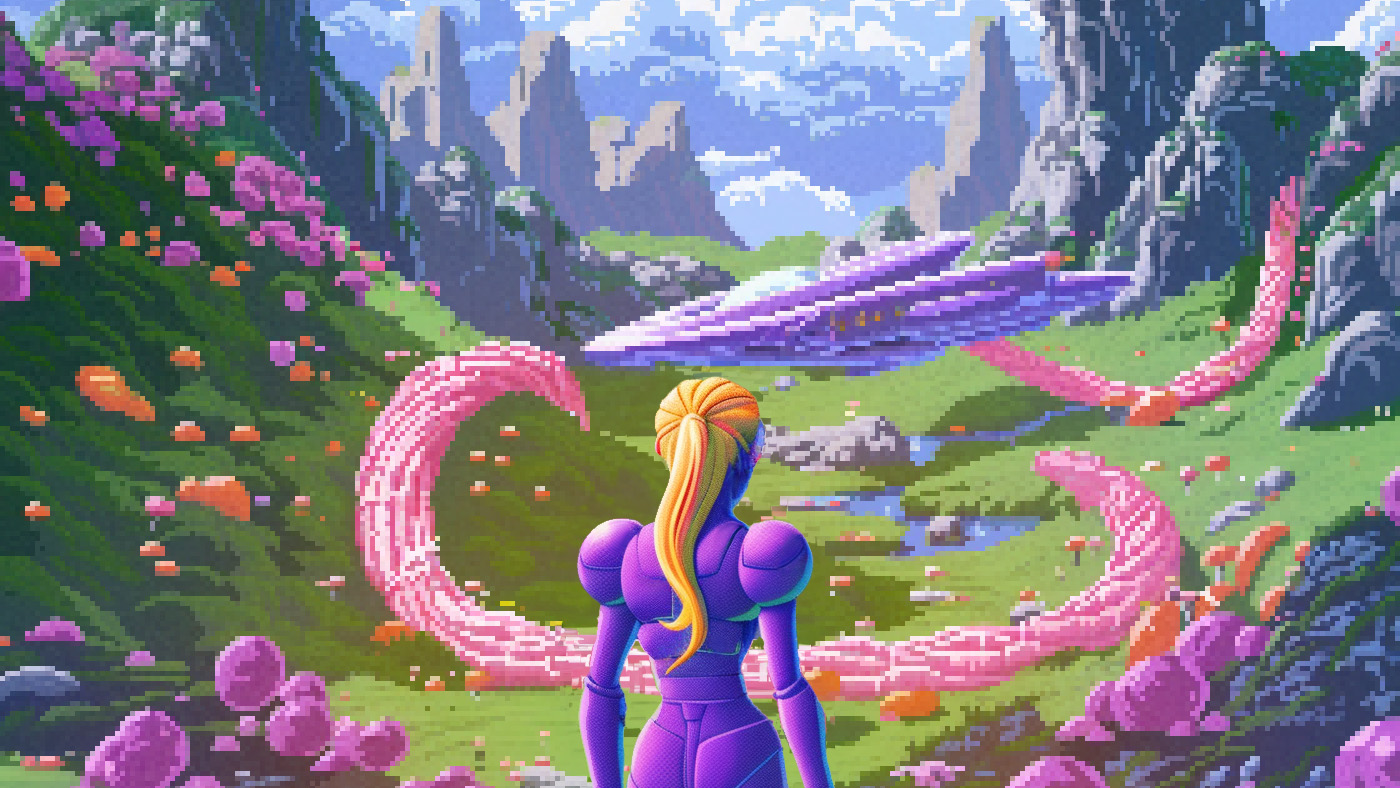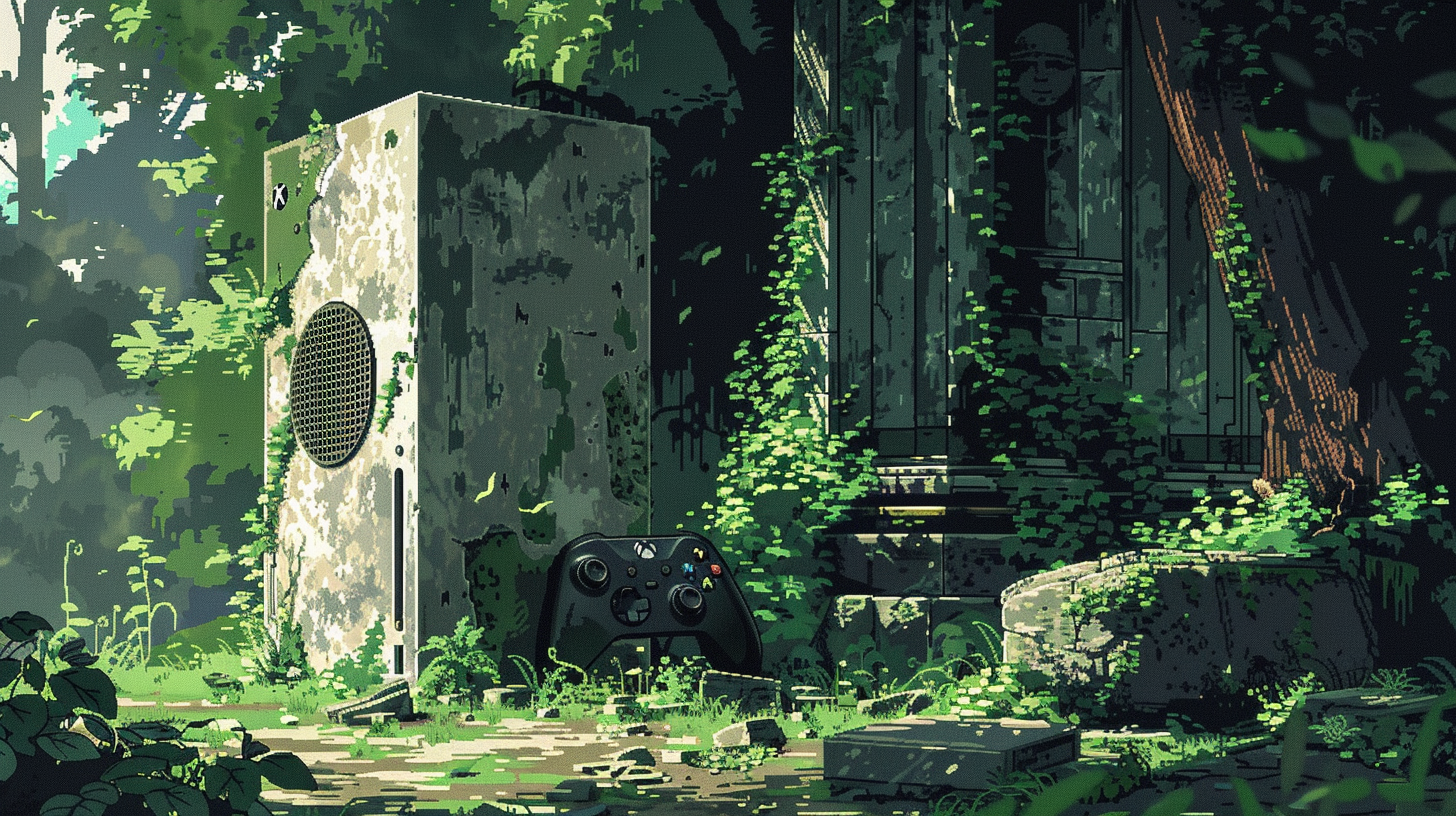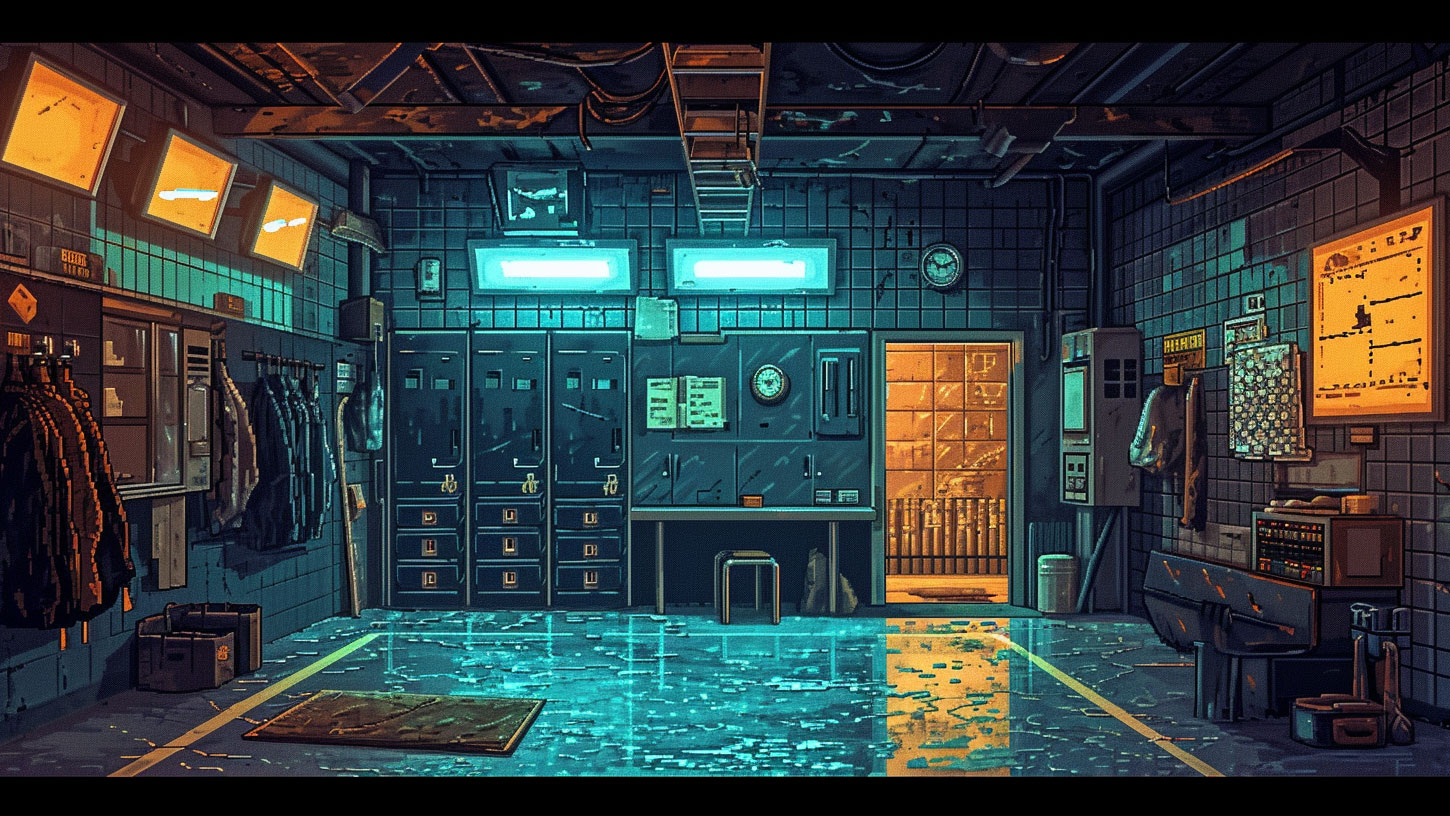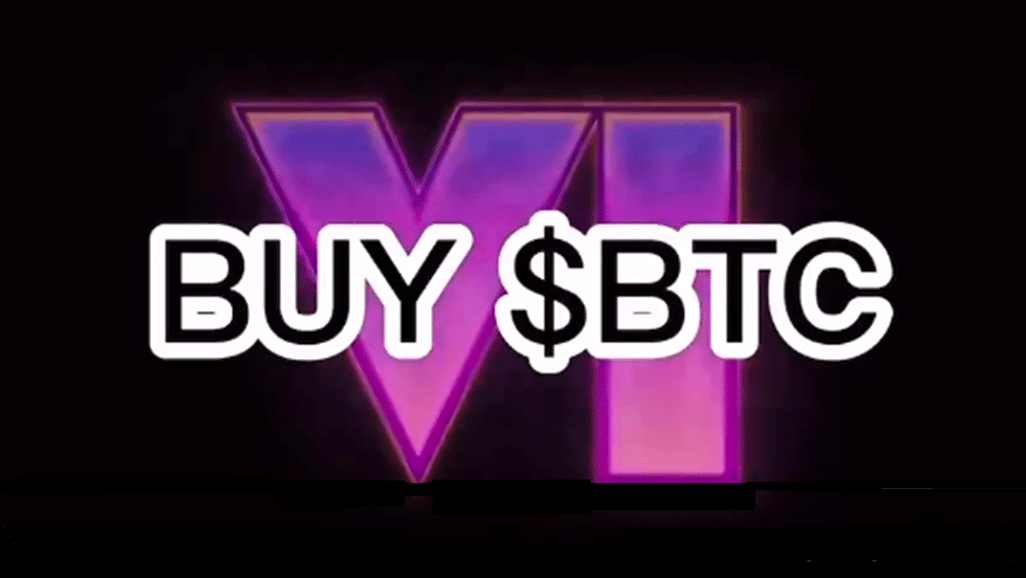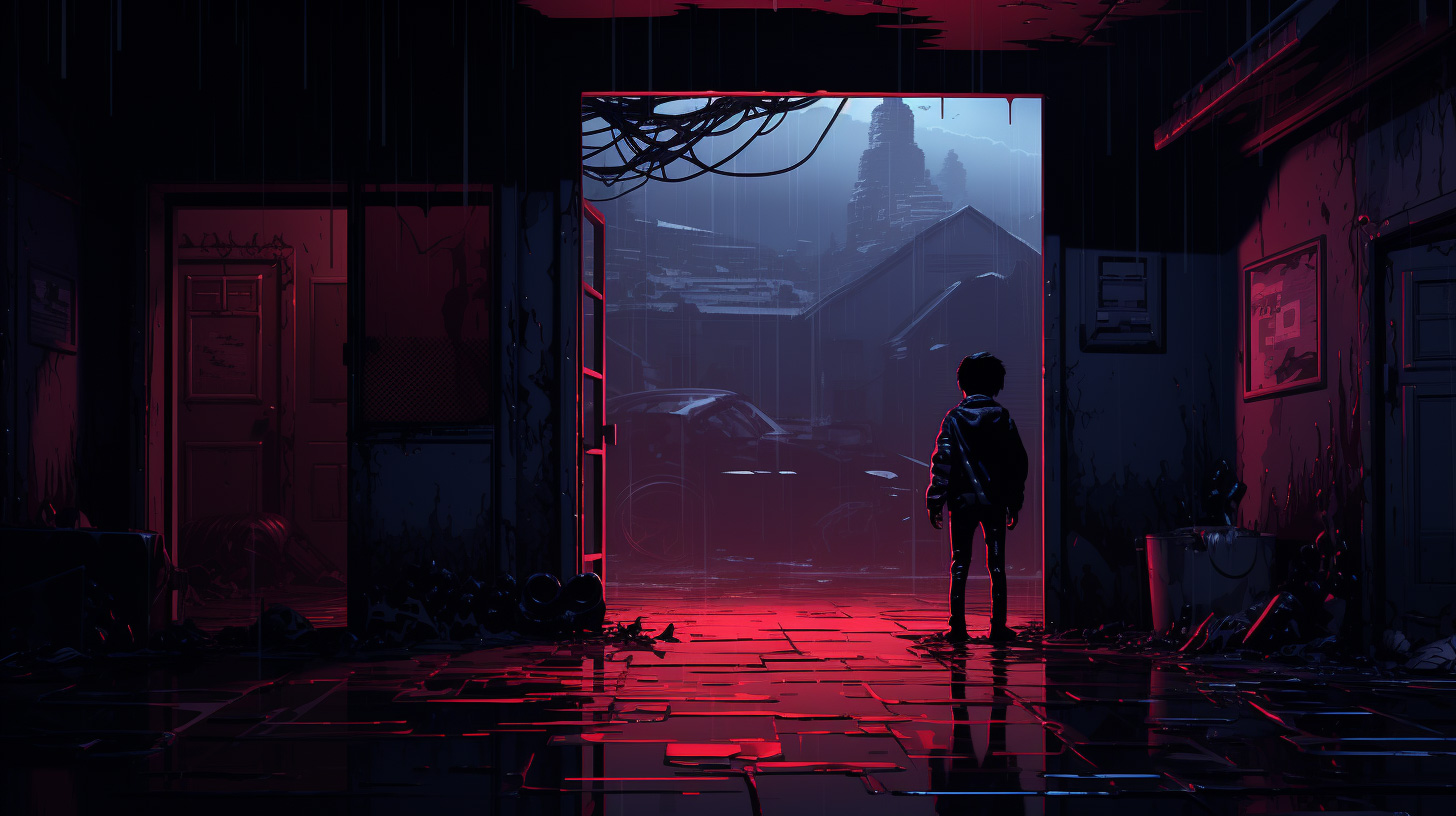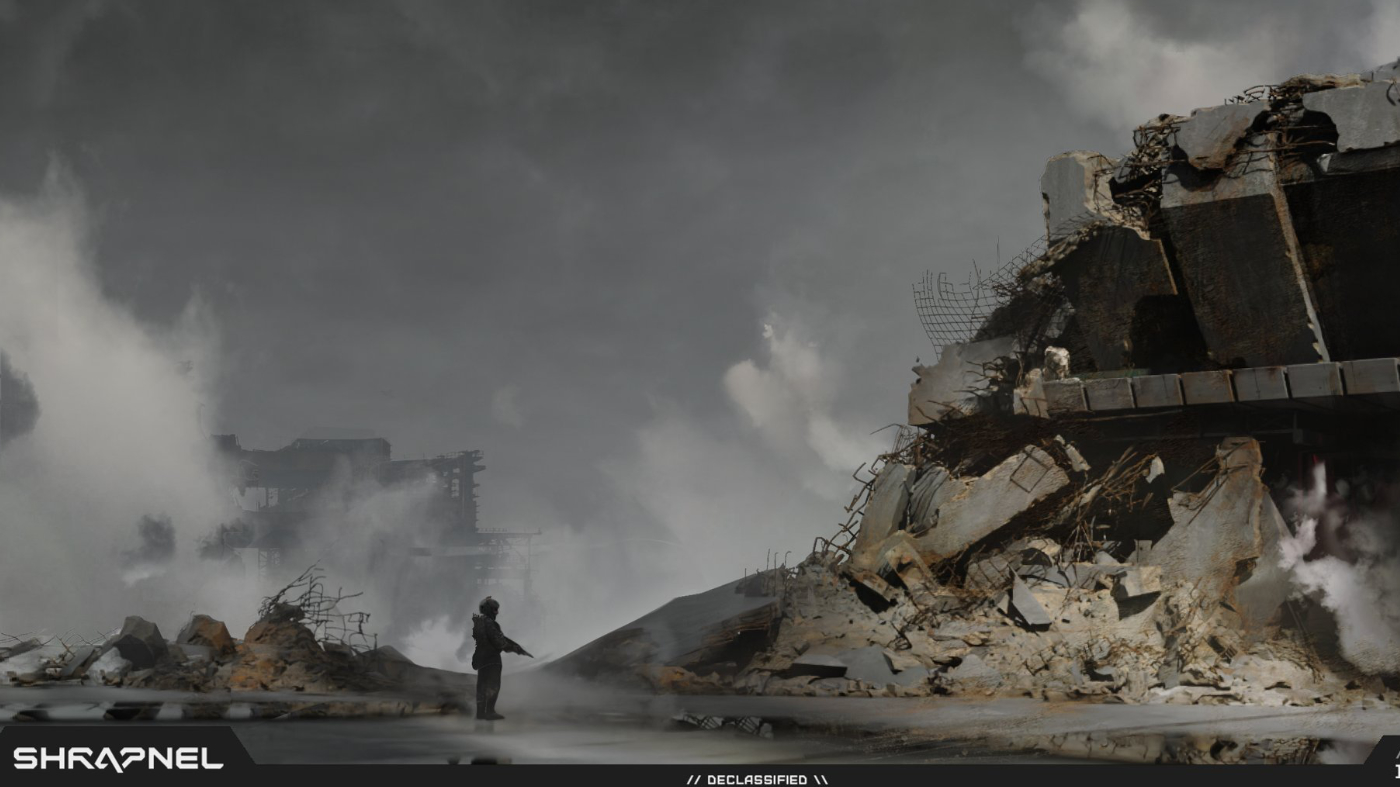When the tacos dwindled, Polemos’ Dan ‘Mogglin’ Allday and his team at the recent ImmutableX/EasyA hackathon relocated to a noodle bar to strategize. Maybe it was the noodles, maybe it was the web2 monetisation tool they built, but Mogglin’s team would eventually place third out of 24 teams. Here’s how it went down.
I first met one of my hackathon teammates in the queue outside the London venue.
My Polemos colleague Caveman and I were interviewing competitors as they stood in line when we came across Vitali, a marketing expert. We would meet again a short while later inside the surprisingly small, narrow room where we and dozens of others would spend the next 36 hours attempting to build something on blockchain platform ImmutableX (IMX) that would impress the hackathon judges.
Vitali was sitting with Matt, his regular hackathon collaborator who had a talent for quickly creating visually stunning designs. Before finalizing my decision to join this team, I asked whether they were anticipating any additional members. I was under the impression that they were in need of a programmer. To my pleasant surprise, they did indeed have one, though he had not yet arrived. It was at this point that I began to actively sell myself to this team.
Before the weekend, I had dedicated time to thoroughly explore the IMX code supplied in tutorials. As a result, I was able to successfully develop an NFT project on the Goerli testnet. This required GoerliETH, which I had previously mined to ensure that I had sufficient quantities. It was essential to have a strong foundation in blockchain to be a valuable addition to the team.
We were eagerly anticipating the arrival of a highly-skilled programmer who could take us to the next level in this area.
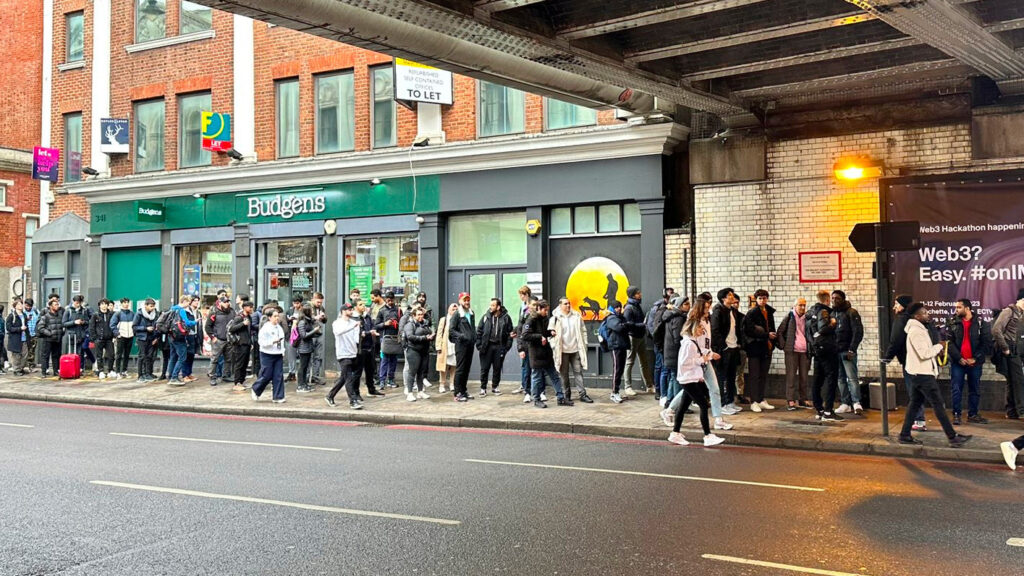
As we were getting comfortable, we were suddenly invited to the presentation room by one of the hackathon team members. Phil Kwok, a co-founder of Easy A (a web3 education company), and Amelia Brown, a senior manager of developer growth at Immutable, delivered a compelling presentation on the challenges ahead and the rewards we could earn.
Following the presentation, programmer Ant showed up and were ready to get down to business. Despite admitting that I had not dabbled in programming for 18 years, I shared my concept with the team. Drawing inspiration from my experiences in the web3 sector, I proposed an idea that could be achieved in just two days: a web3 monetisation tool for web2 games with a scoring mechanism that could convert scores into scoreboards and competitive leagues.
I explained I had managed to test a collection of NFTs on the testnet before the event, offering just enough insight for the team to work with.
As I elaborated on the idea, the team gained a clear understanding and began to contribute their own ideas, resulting in a much-improved concept.
Websites with numerous scoring games that currently monetise through advertising – think poki.com – could benefit by transforming their site into an esports platform, with the option to eliminate ads and increase revenue.
Lunch arrived and everyone shifted their attention from work to the delicious food in front of us.
After eating, we delved into the most critical aspects of the project, including deciding on a name, precisely identifying our target audience, and developing the fundamental concepts for presenting the project.
Unexpectedly, Matt had a personal emergency and had to go home for the day. We managed to stay connected with him via Discord and continued to collaborate on generating basic design ideas and presentation slides.
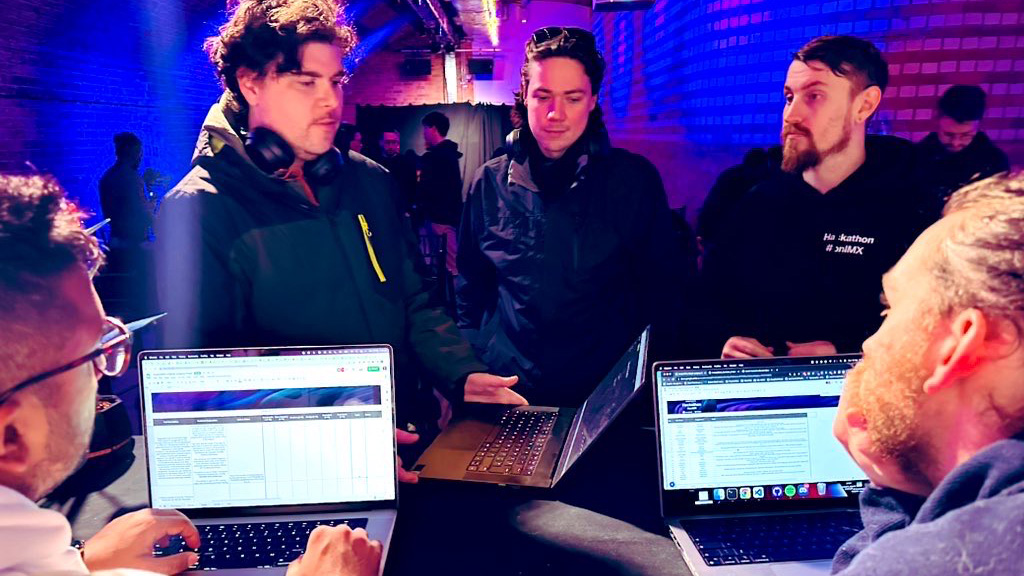
I collaborated on the design of the metadata and realized that we could use programming to create a straightforward approach for generating metadata for future collections. This process could be easily replicated for future needs. Meanwhile, Ant focused on developing the website and backend databases responsible for storing user and scoreboard information.
I guided Ant through the process of establishing and creating an IMX NFT collection using the provided tutorial codes. Afterwards, I handed over four metadata codes for different NFT types, which he skillfully incorporated into the backend database.
With his programming prowess, Ant assigned various percentages to each metadata type, resulting in only 5% of the collection containing the rarest NFT metadata and 60%having the most basic metadata. This meant that we no longer needed to write out the metadata individually for every NFT.
As dinner time approached, IMX provided us with a few tacos each, but with more people than expected, the portions were insufficient.
Ant and Vitali took me to a nearby noodle bar where we could recharge and strategize about our next steps.
On returning to the venue, we discovered most people had left for the night. We stayed, committed to seeing the project through.
Working together through the night, we successfully integrated the minted collection into the website, ensuring that users with tokens could submit scores and see their names on the scoreboard as a link to the IMX marketplace.
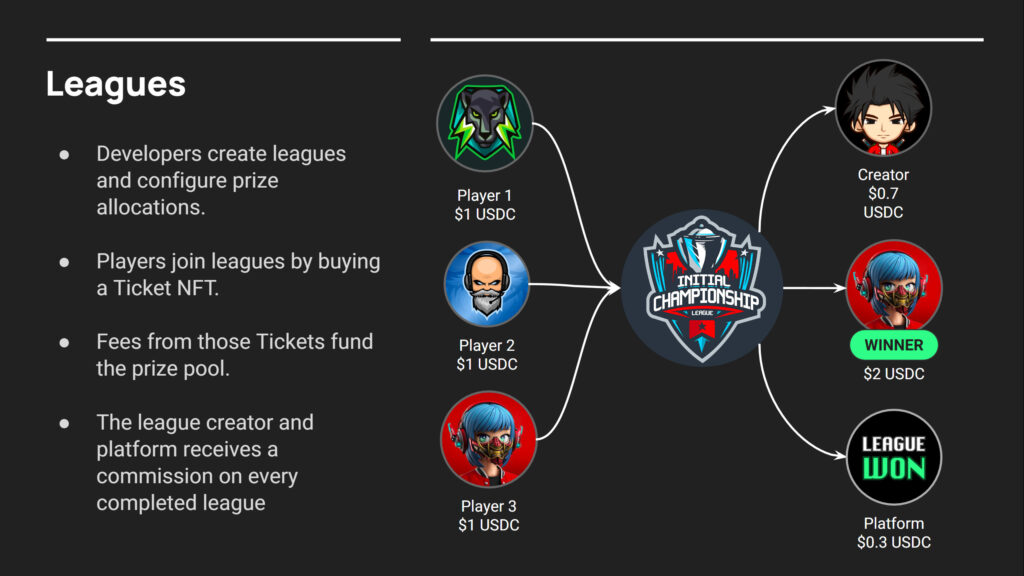
Each scoreboard was designated to a different collection, and the title of the scoreboard linked back to the main collection marketplace, where tokens could be traded.
The following day, Ant and Vitali wisely caught a few hours of rest in order to tackle the upcoming tasks with renewed energy. Unfortunately, my mind was too busy for sleep.
Next we began strategizing about how we would make our presentation.
Throughout the process, I made sure to reference IMX’s scoring system and key points that IMX had emphasized in order to effectively convey our message.
After attempting to integrate a wallet log-in, we encountered several challenges that made it more difficult than creating an NFT collection. Despite making progress, we continually faced errors that required troubleshooting.
Eventually, we had to move on to refining other aspects of the project, as the wallet connection was not yet complete.
Matt focused on improving the quality of the slides while working remotely from home, Ant added additional scoreboards and dummy data to the database for presentation purposes, and I worked on a second NFT collection for trophies that would be distributed to the winners. These NFTs served as a tracking mechanism for the prize pool distribution.
The midday deadline loomed, so we quickly uploaded our code to Github, crafted concise and comprehensive summaries, and had Matt polish the presentation slides to a professional standard.
With our preparations complete, we stepped up to face the judges, with a mere three minutes to demonstrate our technical proficiency and explain how we integrated IMX.
With only the top 10 teams progressing to the next round, we eagerly awaited the results over a well-deserved lunch.
After the selection process, we were thrilled to discover that we made it to the finals. To our surprise, we were listed fifth among the impressive pool of candidates. This was particularly exciting as the top 50% of this list would be declared prize winners.
To prove our worth, however, we had to present our project to the audience and the judges, which included a three-minute presentation with slides detailing our creation. I’m not someone to take the lead, but thankfully Ant stepped up to do it.
During the technical inspection, the judges displayed a keen interest in our project, impressed by what we had accomplished. However, during our presentation, there were only a few inquiries, and the judges swiftly moved on to the next team.
We had put in our best effort, but after sitting through the other presentations, we realized there were several outstanding projects. I could easily identify five projects that I believed could achieve a higher ranking than ours.
After we finished tidying up, we all took a moment to relax. I decided to strike up conversations with other contestants, and to my surprise, some of them had encountered issues that I had already anticipated. As someone who’s genuinely invested in seeing these projects succeed, I happily shared my solutions with them.
The winners were announced at 5pm and three runner-up prizes were given instead of the two originally planned.
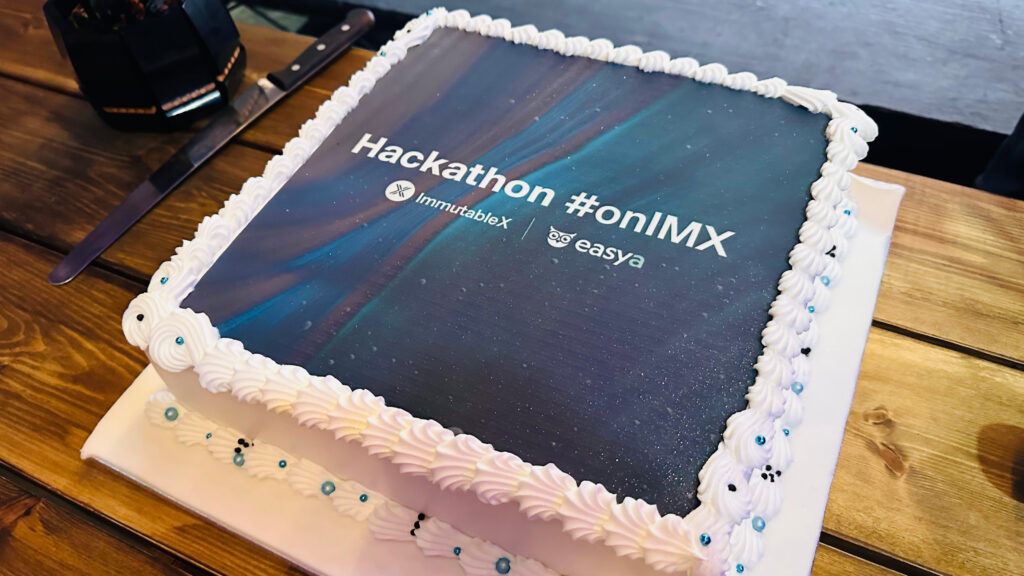
Cosmic Runners, a car-racing metaverse with amazing concept art and a playable demo in UE5, designed by my Polemos colleague Caveman, was one of the winners.
Cosmic Collectibles, a game where players collect stars, shoot meteors and avoid getting hit, was another. Chess 3.0m, which allows players of Lichess (an online chess server) to earn #NFT skins for their pieces, also got a nod.
Two third-place winners were called out – Xpulse and DegenChess – and then my team, League Won, was also named in third place.
Cyber Climb came in second with their game demonstrating how completing a unique level generates a live-minted seed code in NFT form. This innovative concept has exciting potential applications.
AstroRun took first place with an iOS game linked to IMX with a wallet connection and NFT collection. The NFTs affect how the game looks when played, depending on which one is used. First prize was $5000 worth of IMX tokens, second $2500, and the third place prize of $1500 was split three ways.
All of the winning teams gathered onstage to be congratulated, but only the first-placed team got to cut the IMX cake. Ah well, maybe next year?
Enjoy our reporting? Sign up for the Pharos newsletter and receive an update every week for free.

